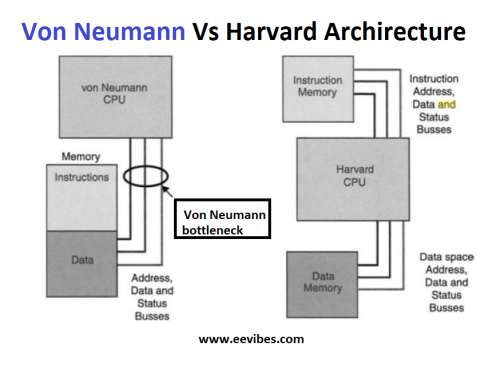Singular Value Decomposition Example Singular Value Decomposition (SVD) is a fundamental technique in linear algebra with applications in various fields such as signal processing, statistics, machine learning, and data analysis. It is a method to decompose a matrix into three Read More …
Month: December 2023
Difference Between Von Neumann and Harvard Architecture

VON Neumann Architecture: Before answering what is the difference between the Von Neumann and Harvard Architecture lets see what are their definitions. VON Neumann is a computer architecture that was described by mathematician and physicist John Von Neumann. He gave Read More …
Discuss the Outdoor Propagation Model
Discuss the Outdoor Propagation Model Discuss the Outdoor Propagation Model. Radio transmission in a mobile communications system often takes place over irregular terrain. Estimating PL(d) over a particular area requires terrain profile for propagation over irregular terrain such as simple Read More …
Facial Ageing Model Considering Sun Exposure Effects

Introduction In this topic, Facial Ageing Model Considering Sun Exposure Effects have been explained. Aging stands as one of life’s undeniable certainties. Despite being a definite and impending process, it is far from consistent or linear, with each individual following Read More …
What is the difference between fan-in and fan-out? Examples

Fan-in refers to the maximum number of input signals that feed the input equations of a logic cell. Fan-in is a term that defines the maximum number of digital inputs that a single logic gate can accept. Most transistor-transistor logic ( TTL ) gates have one or two inputs, although some have more than two. A typical logic gate has a fan-in of 1 or 2.
A train travels at 225 km in 3.5 hours and 370 km in 5 hours. Find the average speed of the train.
Answer To find the average speed of the train, we can use the formula: Average Speed = Total Distance / Total Time Given that the train travels 225 km in 3.5 hours and 370 km in 5 hours, we can Read More …